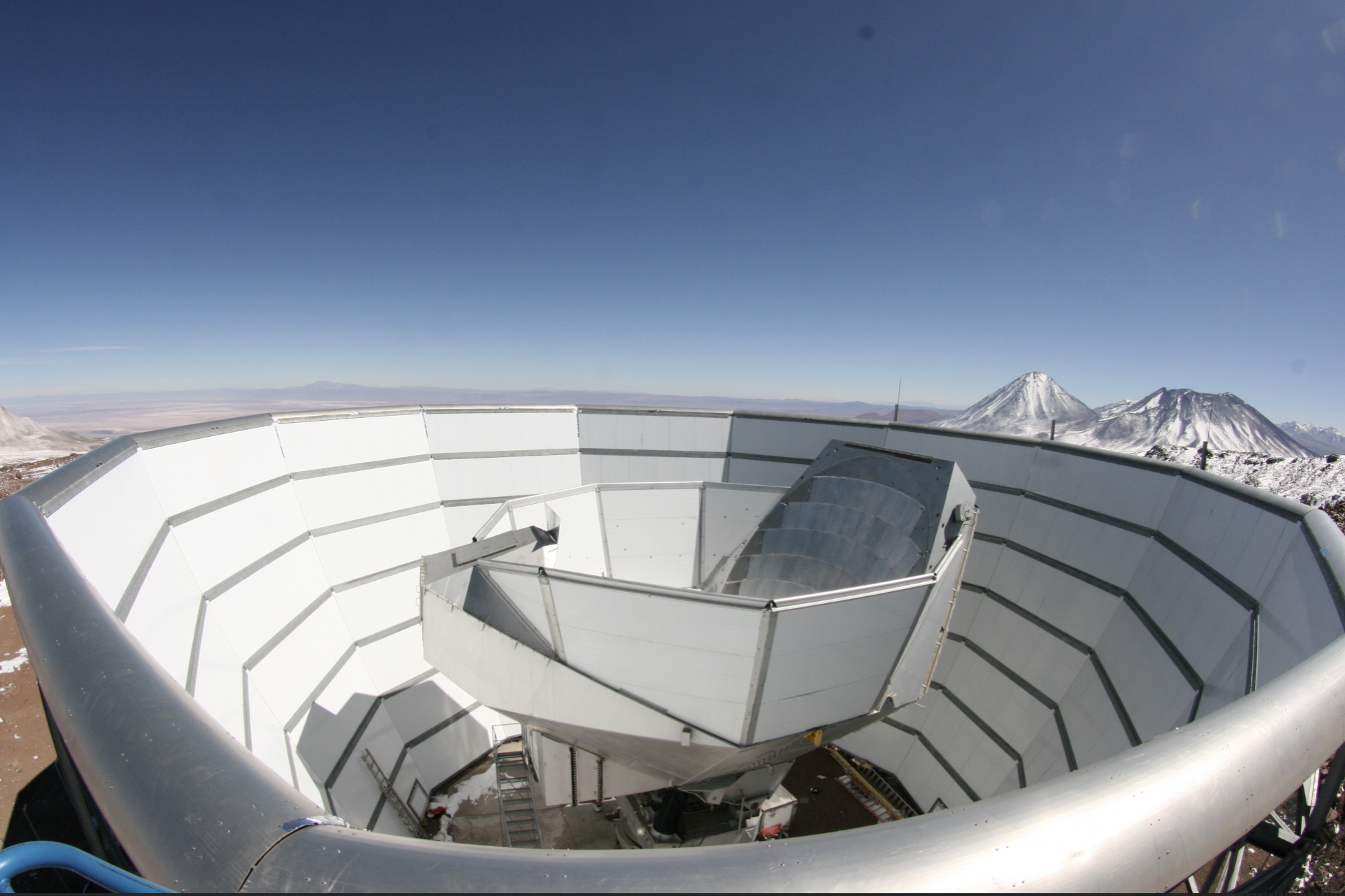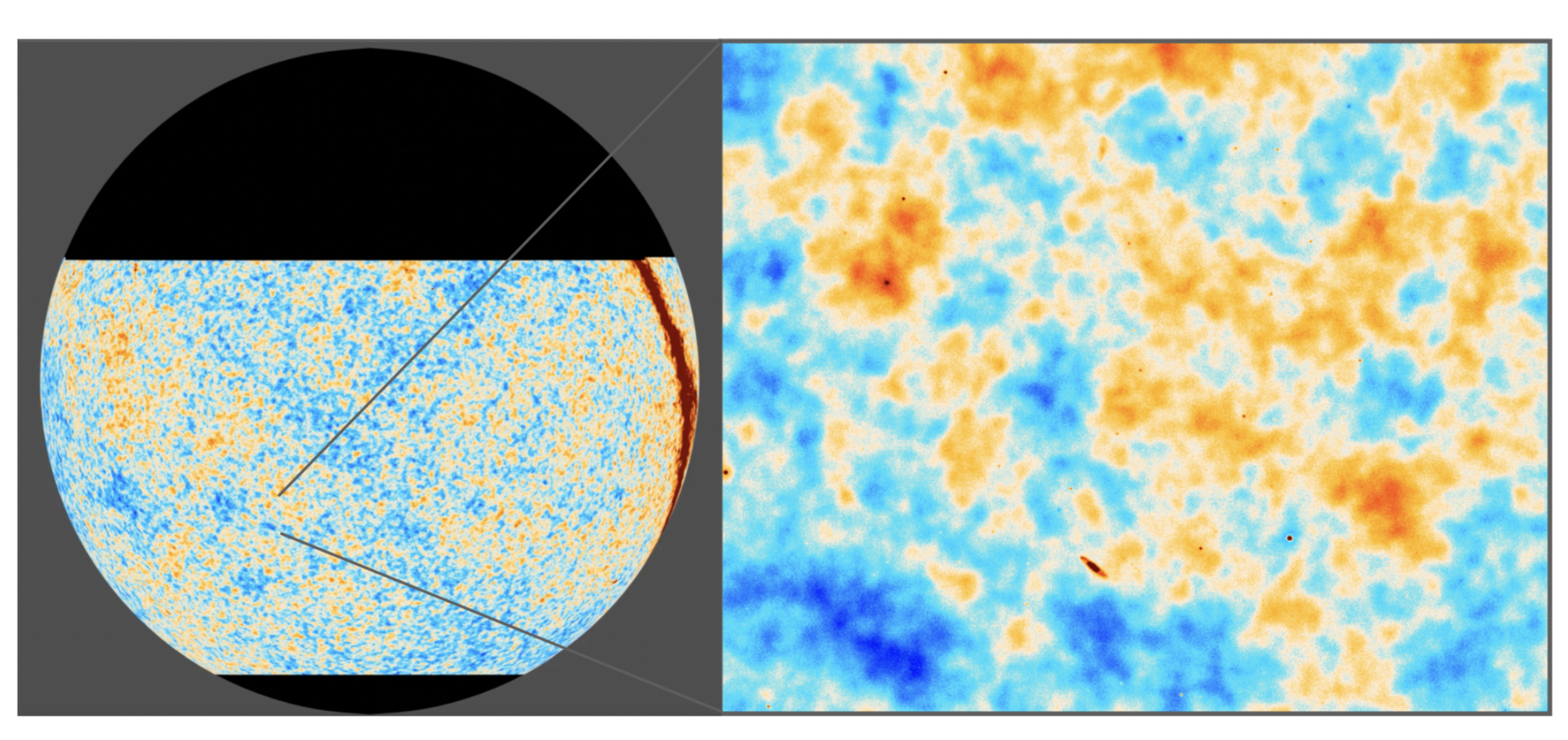Cosmological results from the final data release of the Atacama Cosmology Telescope (ACT-DR6)
On March 18, 2025, a webinar was held to present the cosmological results obtained from the analysis of data collected by the Atacama Cosmology Telescope (ACT) experiment. INFN (Nicola Barbieri, Martina Gerbino, Massimiliano Lattanzi) and UNIFE (Luca Pagano) staff also participated in the analysis in collaboration with the Cardiff University research group led by Erminia Calabrese, first author of one of the scientific articles presented. The results constitute the legacy of ACT. Located in the Atacama desert in Chile, the experiment, which collected data from 2007 to 2022 and was an international reference for ground-based CMB observations, was recently decommissioned. ACT provided the most precise observations down to small angular scales (much smaller than one degree) of the intensity and polarization of the Cosmic Microwave Background (CMB), the oldest radiation that permeates the Universe. These observations allowed to refine very rigorously the model which describes the composition, dynamics and evolution of the Universe, independently confirming the results obtained by previous experiments such as the Planck satellite. The successor to ACT, the Large Aperture Telescope of the Simons Observatory scientific collaboration, has recently been installed in the Atacama desert and obtained the first observation of the sky at the end of February 2025.
UNIFE and INFN staff collaborated on the development of the software for the statistical analysis of the data and the scientific interpretation of the results, with attention to the constraints on the abundances of the light elements produced by primordial nucleosynthesis (helium, deuterium and comparison with the results from astrophysical observations) and on the interaction properties of neutrinos.

L’Atacama Cosmology Telescope (ACT). Credits: Debra Kellner

A new image of the cosmic microwave background (CMB) obtained by adding high resolution from the Atacama Cosmology Telescope (ACT) to an image previously collected by the Planck satellite. The zoomed-in panel is 10 degrees per side (about twenty times the diameter of the Moon as seen from Earth) and is a small fraction of the new image, which covers about half the sky. The orange and blue spots correspond to areas of greater or lesser intensity of radiation and reveal properties of the Universe when it was about half a million years old, long before the first galaxies formed. The image also includes objects closer to us: the red band on the right, in the middle of the sky is the Milky Way; in the zoom, the red dots are galaxies that enclose giant black holes, the blue dots are enormous clusters of galaxies and, finally, the Sculptor Galaxy is visible towards the bottom.
Credit: ACT Collaboration; ESA/Planck Collaboration




